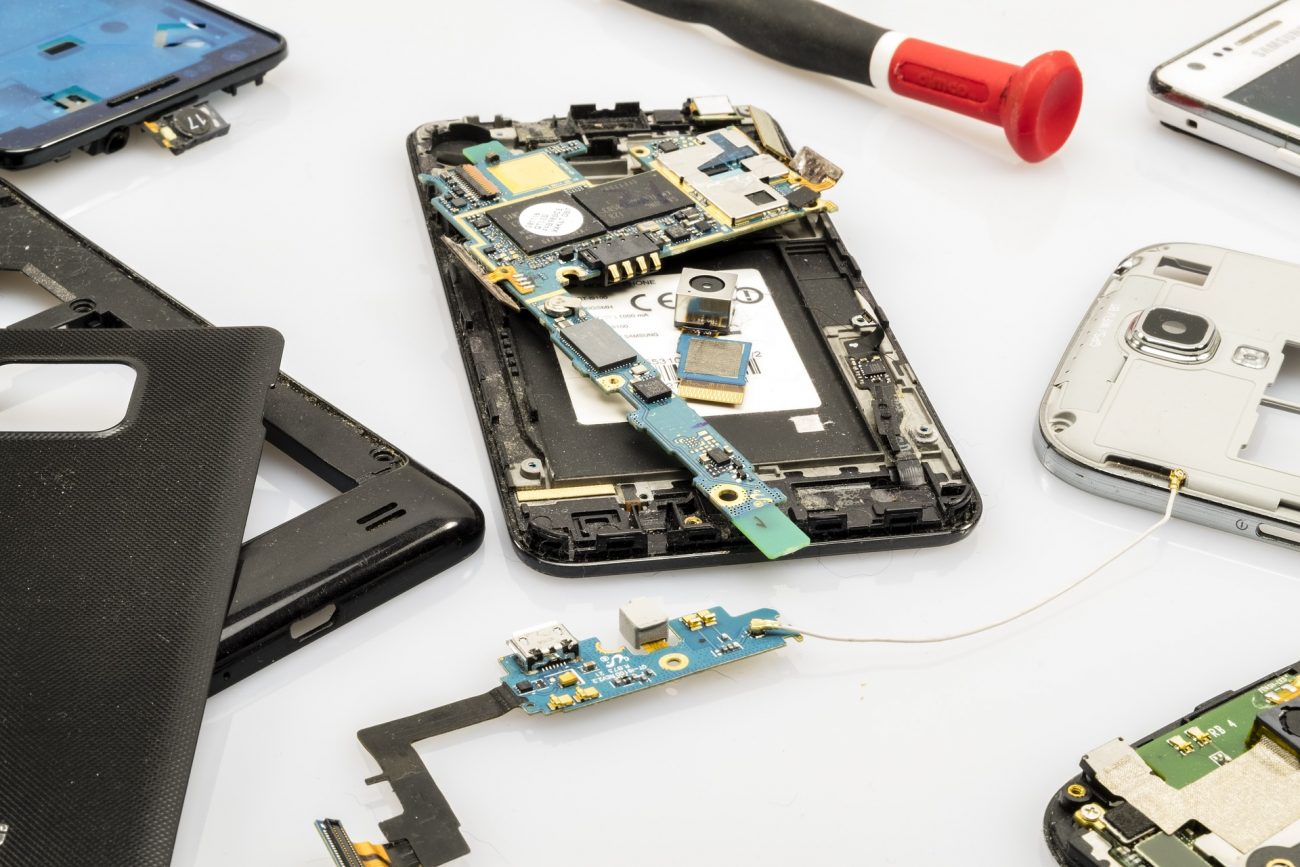Extending the lifespan of smartphones and other electronics by just one year would save the EU as much carbon emissions as taking 2 million cars off the roads annually, a new study reveals.
Experts have assessed the climate benefits of making Europe’s smartphones, notebooks, washing machines and vacuum cleaners more durable.
The study found that extending the lifetime of the EU’s stock of these products by five years would save almost 10 million tonnes of emissions (CO2 equivalent) annually by 2030. This is equivalent to taking 5 million cars off the roads for a year, roughly the number of cars registered in Belgium. Even just a one-year extension would result in 4 million tonnes of emissions savings annually.
These high figures are due to the vast amounts of energy and resources involved in producing and distributing new products as well as disposing of old ones.
“This study is further proof that Europe can’t meet its climate obligations without addressing our production and consumption patterns,” said Jean-Pierre Schweitzer, a product policy expert at the European Environmental Bureau (EEB), which published the report on behalf of the Coolproducts and Right to Repair campaigns.
With an average lifespan of three years, the production of Europe’s smartphones has the largest climate impact among the products analysed. The NGOs estimated that the full lifecycle of our phones is responsible for 14 million tonnes of emissions (CO2eq) each year, which is more than the carbon budget of Latvia in 2017. Increasing their lifetime by just one year would save more than 2 million tonnes of emissions, the report concluded.
“The climate impact of our disposable smartphone culture is far too high. We can’t afford to keep replacing them every few years. We need products that last longer and can be repaired if they break,” Schweitzer said.
Let us fix it: The Right to Repair
The study coincides with the growth of the Right to Repair movement in Europe, which aims to counter planned obsolescence – the practice whereby products are poorly designed, impossible or too expensive to repair, and are prematurely replaced.
While it is hard to assess whether companies are purposely shortening the lifespans of electronics, the proportion of defective devices being replaced by consumers grew from 3.5% in 2004 to 8.3% in 2012.
NGOs recently succeeded in pushing for EU-wide regulation aimed at extending the lifespan of a small group of products including TVs, fridges, washing machines, dishwashers and lighting products. As of 2021, manufacturers will have to ensure that these products can be easily disassembled and will have to make spare parts and repair information available to professional repairers. The new rules were adopted on October 1st.
The report adds pressure on EU policy makers to also add smartphones and laptops to the next list of products to be considered under the Ecodesign Directive.
“As public support for longer lasting products and climate action grows, we have an opportunity to radically rethink the way our products are designed and produced. The EU can be a leader on this front, having already pioneered some ground-breaking laws forcing manufacturers to make certain products more easily repairable,” Schweitzer concluded.

